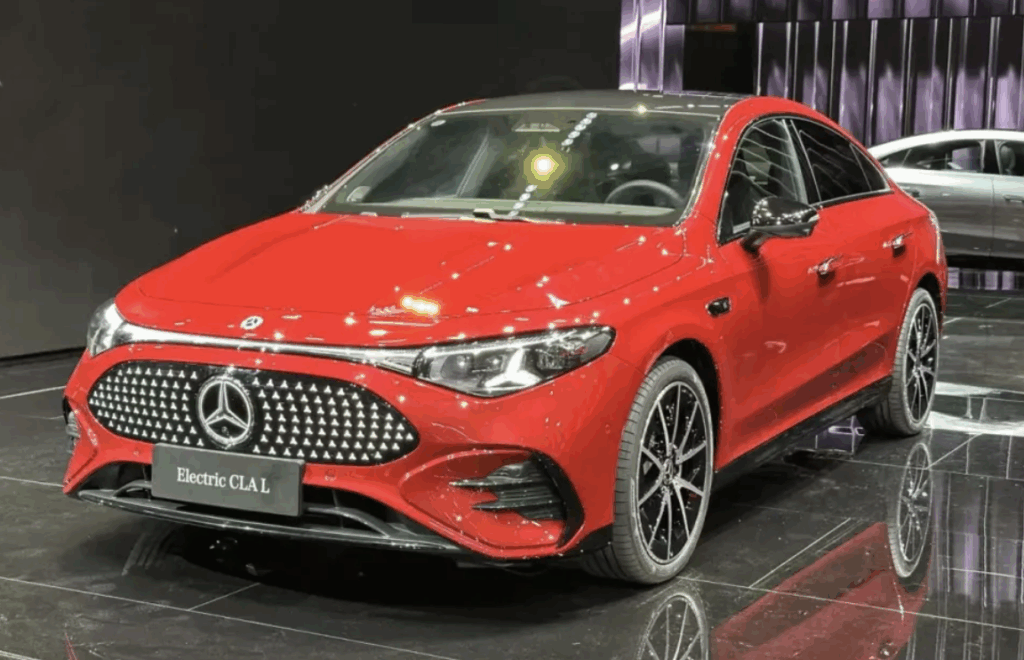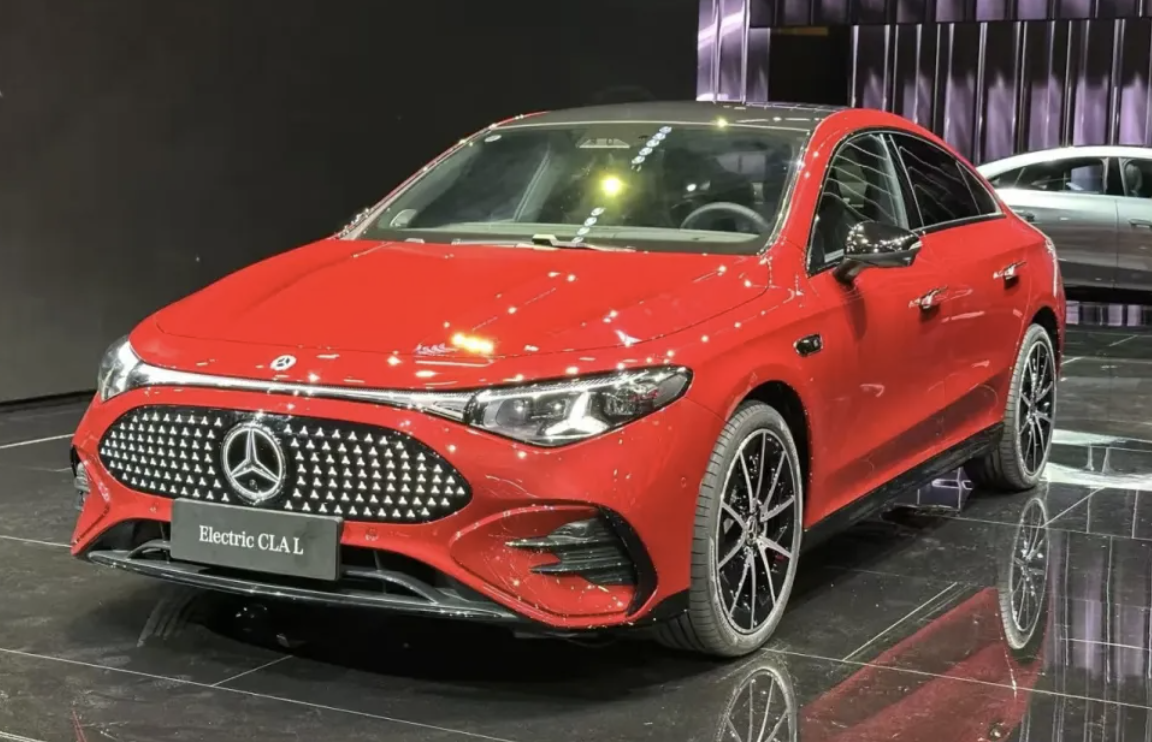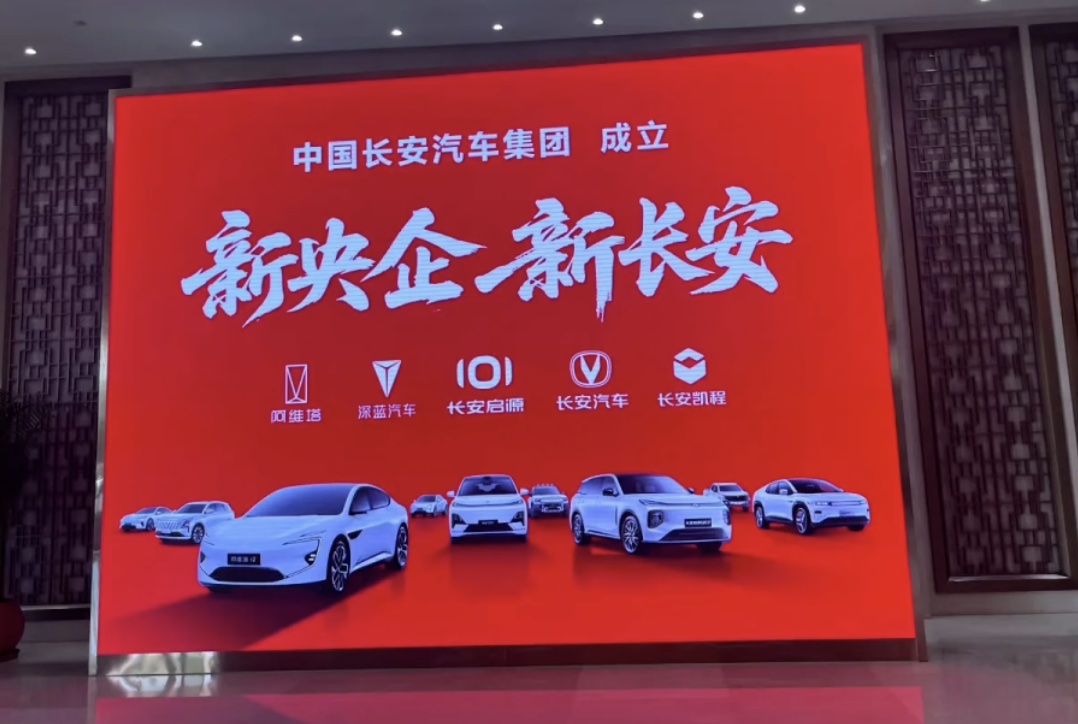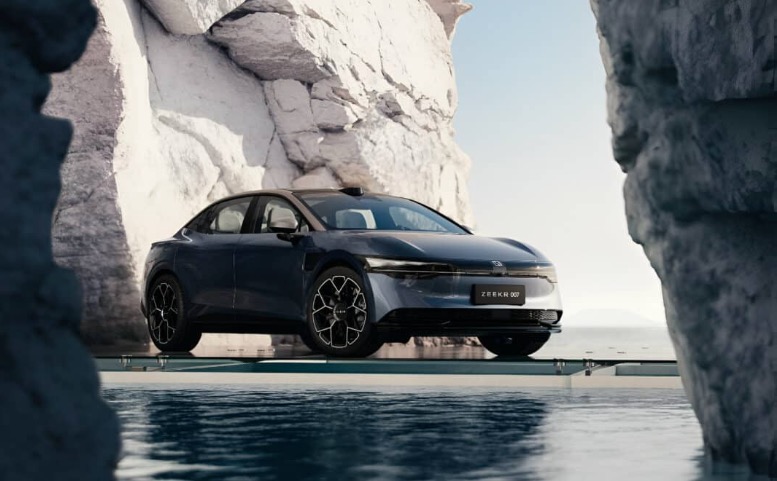Recently, media reports revealed that approximately 4,000 employees have accepted severance packages as part of Mercedes-Benz’s downsizing plan. The severance packages are structured in a tiered design, directly linked to employee rank and years of service, and include “accelerated bonuses” to encourage employees to make decisions quickly. For senior managers, the compensation can reach up to 500,000 euros.

As early as March this year, it was reported that Mercedes-Benz’s management would send a letter to all employees in April, encouraging voluntary departures. The severance package mainly targets employees in engineering, administration, and IT sectors. The program started in April, and interested employees can apply before March 2026. At that time, Mercedes-Benz CEO Ola Källenius stated that the company hoped the generous severance package would encourage around 30,000 employees to voluntarily leave. The official goal is to save approximately 5 billion euros annually by 2027 through outsourcing decisions, not filling vacant positions, and severance packages.
Of course, the cost-cutting measures are a response to Mercedes-Benz’s declining performance. In recent years, with the rapid development of electric vehicles, Mercedes-Benz has seen a significant reduction in its market share, leading to declines in both revenue and profit. According to relevant data, last year Mercedes-Benz’s revenue was 145.594 billion euros, a 4.5% decline compared to the previous year. In terms of gross profit, the company earned 28.576 billion euros, a 19.5% decrease year-on-year. After-tax net profit was 10.409 billion euros, a 28.4% drop from the previous year. In 2025, Mercedes-Benz’s performance continues to decline. According to the latest official sales figures for the third quarter, Mercedes-Benz’s global sales were 525,300 vehicles in Q3, a 12% year-on-year decrease. Both the U.S. and Chinese markets saw declines. In the U.S., sales dropped 17% to 80,000 vehicles, while in China, sales fell by 27% to 125,100 vehicles in Q3.
The Chinese market is crucial for Mercedes-Benz, but due to the rapid development of domestic new energy vehicles, the company’s slow pace in its electric transformation has resulted in a significant drop in sales in the domestic market. Last year, Mercedes-Benz’s sales in China were 683,600 units, a 7% decrease compared to the previous year. The company had hoped that promotional price cuts would help boost sales, but the results in China were not ideal.
In terms of electric vehicle strategy, although Mercedes-Benz launched its EQ brand in 2016, its EQ series models’ sales are far behind those of domestic new energy carmakers. In September, sales of the Mercedes EQB, EQE SUV, EQA, and EQE models were 370, 238, 266, and 103 units, respectively. Faced with a decline in domestic sales, Mercedes-Benz China CEO Duan Jianjun revealed that the company will optimize operations through a “plus-minus” strategy, which includes merging inefficient outlets and upgrading store hardware.
In fact, the market share of luxury automotive brands, not just Mercedes-Benz, has been shrinking in the domestic market. Porsche, Audi, and others have also seen sales declines in China in recent years. Data shows that in Q3 this year, Porsche’s sales in China were 32,000 units, a 26% drop. Audi’s sales in China for Q3 were 392,200 units, down 2.6% year-on-year.
Against the backdrop of declining sales, downsizing is one of the key measures Mercedes-Benz is taking to improve efficiency and reduce costs. At the same time, according to the official plan, the company will unveil its largest-ever product launch at this year’s Munich Auto Show, showcasing several new models, including the fully electric GLC and the electric C-Class. It is clear that, in the context of the global automotive industry’s accelerating shift toward electrification, staying competitive requires keeping pace with electric vehicle development.



